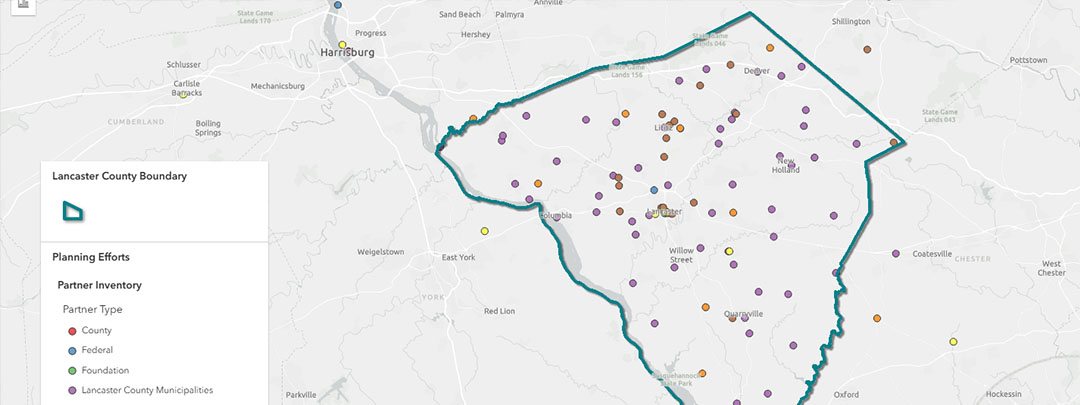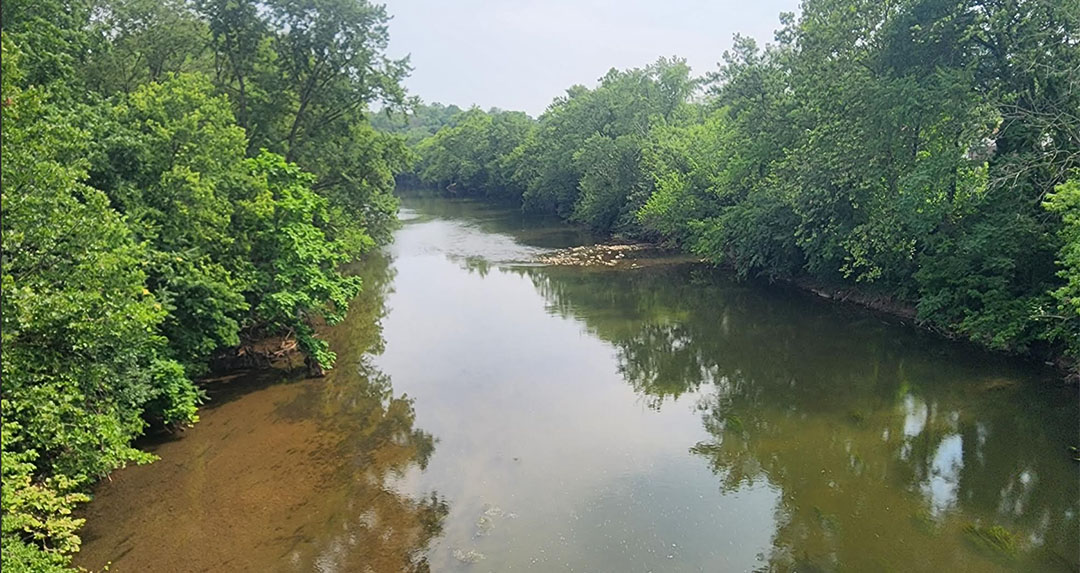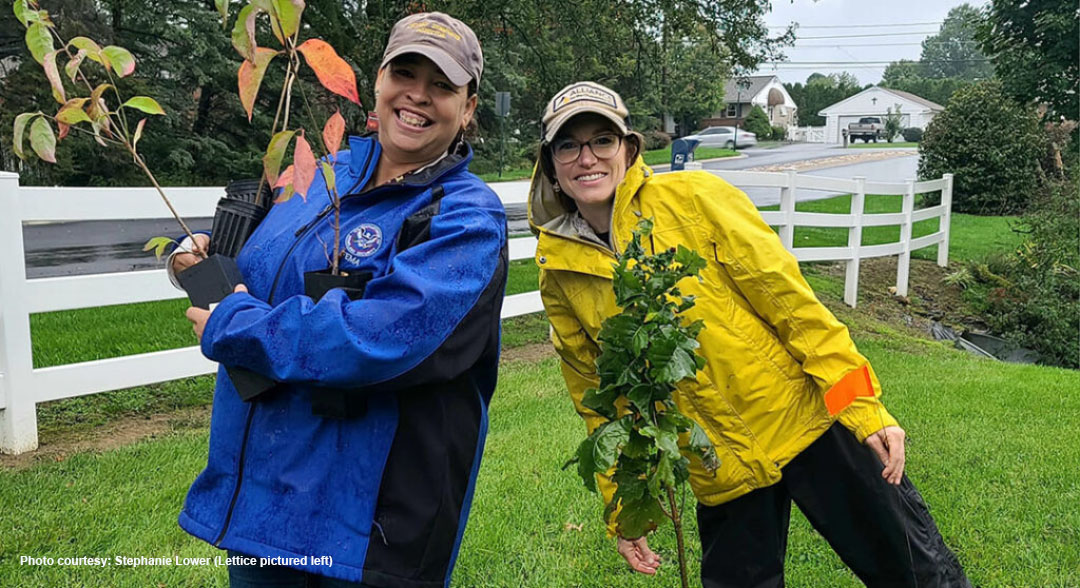Silver Linings: The Needle is Moving in the Right Direction

By Megan Blackmon, Project and Grants Coordinator
Let’s shout it from the rooftops! Local water quality is improving! After decades of work implementing conservation practices by farmers, businesses, organizations and municipalities, Lancaster County is seeing water quality improvements according to two recent publications.
For those who don’t spend their days in waders or have a biology degree, interpreting and understanding water quality data can be daunting. But we’ll break it down for you here.
The three main pollutants that drive our Lancaster Countywide Action Plan are nitrogen, phosphorus, and sediment. While all three are necessary on land for growing food, the excess sediment and nutrients that runoff into waterways can alter our streams, creeks, and rivers. When this happens, the water no longer serves as a hospitable home for aquatic life like bugs and fish. There are a lot of additional water quality parameters that help to tell the entire story of the health of waterways, but for today, we will focus on nitrogen, phosphorus, and sediment.
Two recent publications indicate, while everything may not be looking great for the Chesapeake Bay, trends locally in Lancaster are promising. And our local water improvements will–quite literally–trickle downstream to our Bay neighbors.
Out of the nine monitoring stations within the Chesapeake Bay, the Susquehanna River is one of three that shows BOTH short and long-term trends of improvements for both nitrogen and phosphorus. This is according to data from the Chesapeake Bay Program.
Another piece of good news came from the US Geological Survey’s Nitrogen in the Chesapeake Bay Watershed—A Century of Change, 1950–2050, published in 2021. The three monitoring sites on waterways draining from Lancaster County that are presented in the report are located on Pequea Creek, Octoraro Creek, and the Conestoga River. Over the nine-year period of 2009 to 2018, nitrogen loads at all three sites decreased more than at any other location within the Susquehanna River basin that they list in the report. I’d say this gives Lancaster County streams the most improved status! The chart below shows data from page 60 of Nitrogen in the Chesapeake Bay Watershed—A Century of Change, 1950–2050.
Yes, yes, we have much more work to do and we want to continue to see improvement, but we are going in the right direction! These positive results are due to the conservation practices that all partners–municipalities, nonprofits, landowners, businesses–are doing everyday in Lancaster. Keep up the important work for clean and clear water!
Take Action!
Join fellow community members as a volunteer with the Water Quality Volunteer Coalition – monthly commitment at a self-selected site that is convenient for you. Find your watershed association and join your watershed neighbors in the local work! www.lancasterwatersheds.org
Want to dig in deeper?
- View the Susquehanna River Basin Commission’s Continuous In-stream Monitoring StoryMap and data.
- US Geological Survey (USGS) has stream gauges providing real-time data on the Pequea, Conewago, Susquehanna, Big Spring Run, and Octoraro.
- View monitoring data for your local watershed, collected by the Water Quality Volunteer Coalition.
- Check out the PA Department of Environmental Protection’s StoryMap about macroinvertebrates, “Looking Below the Surface.”

















